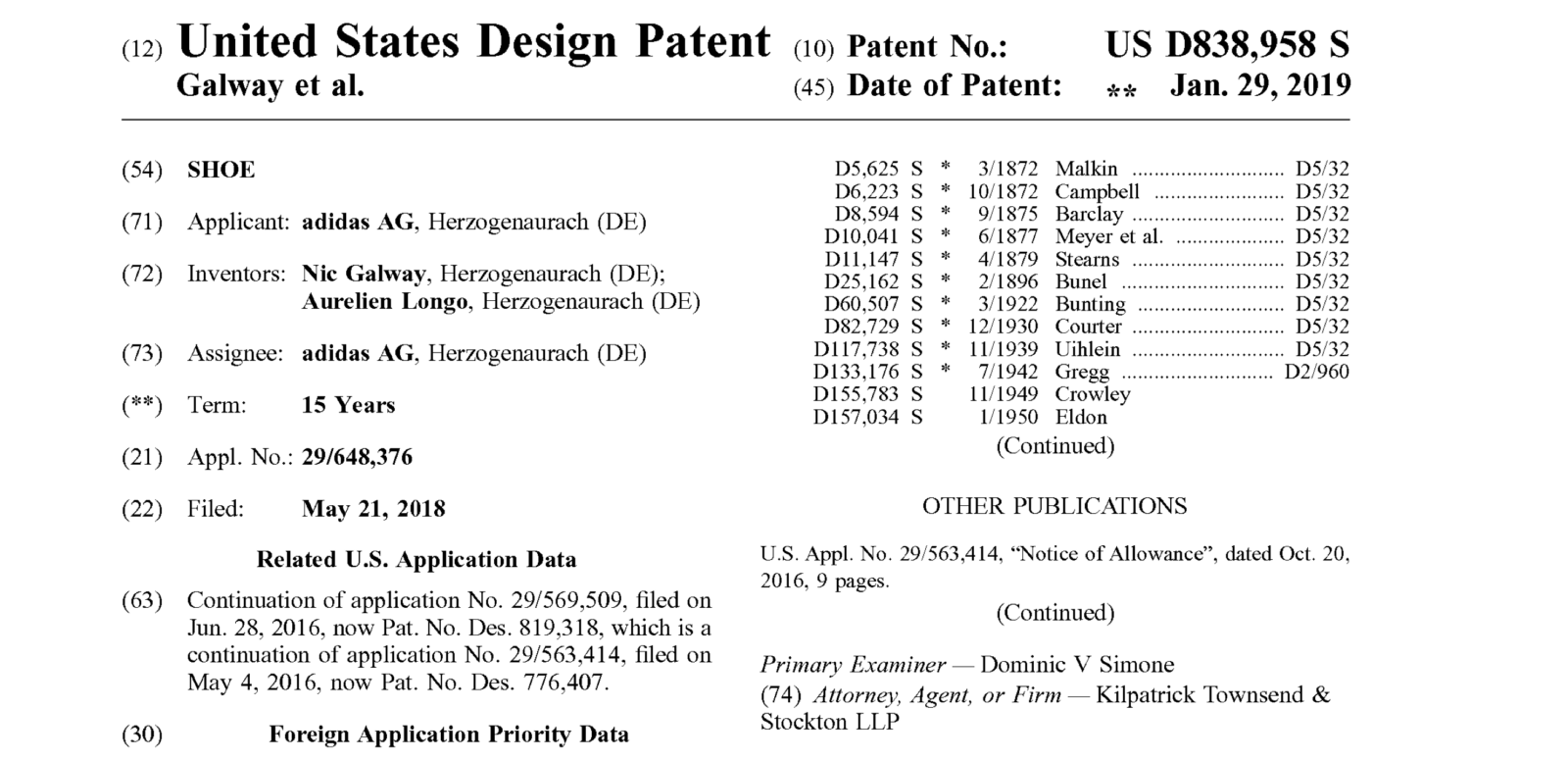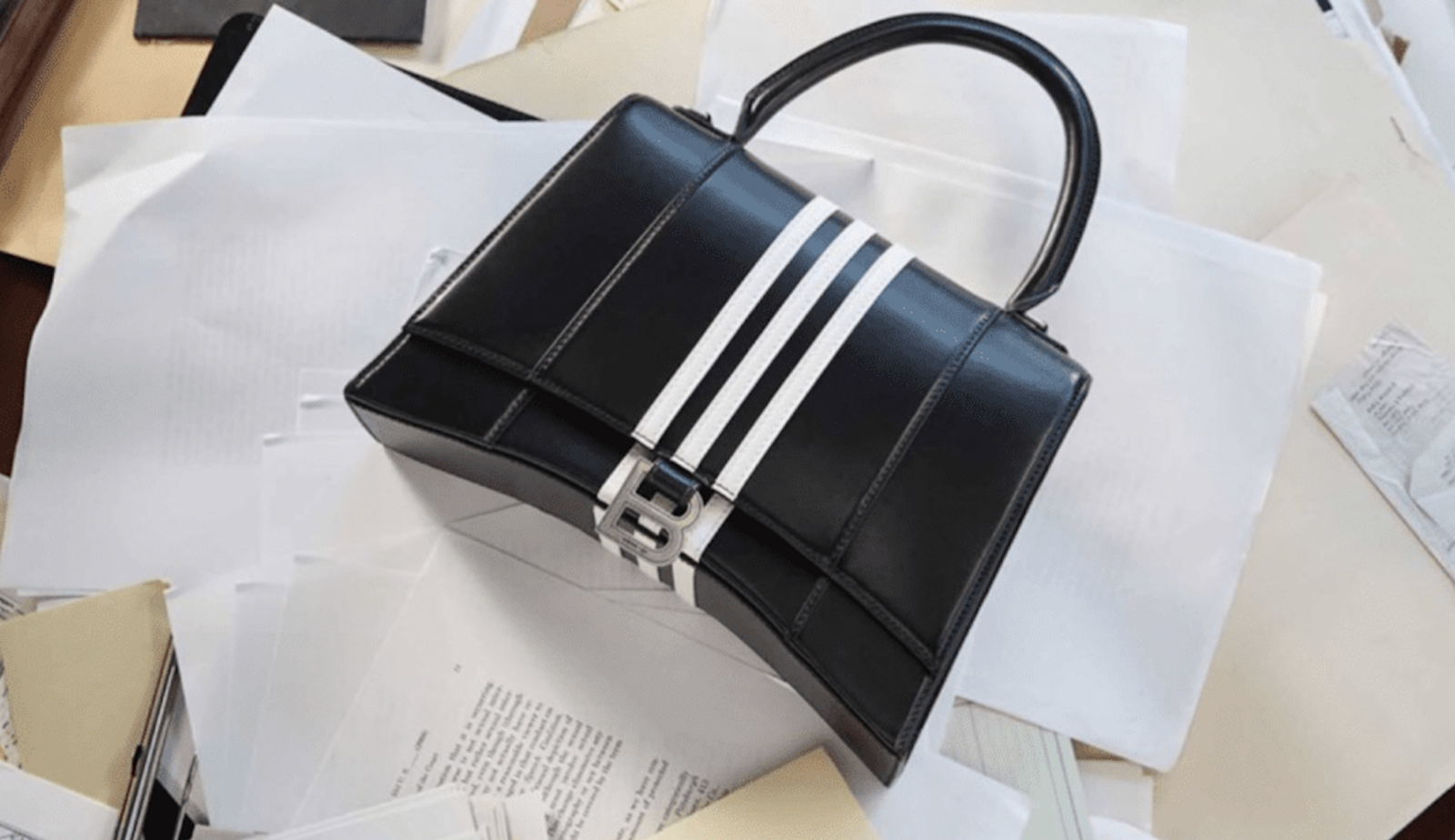Adidas gave some notable updates on its efforts to deal with a reported $1.2 billion in unsold stock of Yeezy products this week. In a Q2 earnings call on Thursday, CEO Bjorn Gulden “quickly” touched on the topic of Yeezy, telling analysis that adidas had “a very successful first drop” of Yeezy branded products,” as it sold “around $400 million in Q2, which is basically the same as we did a year ago.” Gulden noted that “the whole launch worked very well,” and said that adidas was, as of Thursday, in the midst of a second drop of Yeezy products, with “smaller drops” in the works for the future. (Ultimately, no shortage of the discussion and analyst questions revolved around the effects of the since-terminated deal, with the word “Yeezy” coming up more than 50 times during the Q2 call.)
Some Background: The largescale sell-off follows from adidas’ move to end its long-running partnership with Ye (formerly Kanye West) after he made a string of antisemitic and other offensive comments in October 2022. The termination has left adidas in a difficult position operationally, reputationally, and financially, as it had a significant inventory of Yeezy-branded wares on hand given that the existing deal was not slated to expire until 2026. “We inherited quite some inventory, and we were choosing between destroying and writing off the inventory against selling and doing something good with inventory,” Gulden said in Thursday’s call.
“I think we landed on something that has worked,” Gulden said on Thursday, referring to the company’s decision to sell off remaining inventory and “to make substantial donations” to organizations like the Anti-Defamation League, the Philonise & Keeta Floyd Institute for Social Change and Robert Kraft’s Foundation to Combat Antisemitism. “We spent a lot of time talking to the different organizations and felt that we had support to do it. We have accrued or paid $110 million in donations, and now we are at the phase of launching the second drop. And of course, there’s uncertainty. We never know what will happen. So that’s why we are very, very careful.” Gulden asserted that in addition to enabling its charitable giving, the Yeezy sales, “of course, also help[ed] both our cash flow and general financial strength.”
The IP Overview: In connection with its partnership with Ye, adidas was in charge of design and manufacturing of the products and seemingly gained ownership of the designs as part of the deal. (Note: Ye, not adidas, maintains rights in the “Yeezy” trademark). The company stated last year that it is the “sole owner of all design rights to existing products” under the partnership and various trademark, copyright, and patent registrations confirm that. These rights range from the SPLY-350 trademark to design patents for the Yeezy Boost.

The legal side of the scenario makes it possible for adidas to continue to make more non-“Yeezy”-branded Yeezy designs. However, adidas does not appear to be willing to push its luck beyond the immediate stock. Going forward, Gulden said that adidas has “no plans of taking Yeezy designs and transferring them to adidas.” While “legally we could,” he said, “I think that would be the wrong timing.” He noted that “any speculation of using any designs for something else would be absolutely wrong priorities on getting this inventory out of our books and end the story, I wouldn’t say as quickly as possible, but as healthy as possible.”
A Case Study on Corporate Crisis – The situation continues to provide a case study on corporate crisis. While adidas initially faced negative consumer sentiment for “waiting so long” before dropping Ye from its lineup of collaborators (and in fact, standing by him for quite some time), the success of the subsequent drops suggests that many consumers are not holding a grudge against the German sportswear giant. “The May restock of the first surplus Yeezy shoes … sold at breakneck speed to shoppers who had been waiting for months to get their hands on them,” the WSJ reported this week. It noted that for the more recent drop, “demand for the shoes was high enough that the app consistently produced error messages for users throughout the day.”
In a separate post-crisis scenario, Kering’s revamp of Balenciaga – which follows a pair of ad campaigns scandals (and a bungled response that involved short-lived litigation) that played out around the same time as the Yeezy fallout last year – is also still underway. In its H1 report on July 27, Kering confirmed that “Balenciaga continued to be affected in certain regions by the controversy in late 2022 relating to one of its advertising campaigns, while revenue grew in other markets, particularly in Asia.” Specifically addressing Q2, Kering revealed that “Balenciaga began its recovery, driven in particular by the Asia-Pacific region.” If Lyst’s quarterly index of the “Hottest Brands” is any indication, Balenciaga is making its way back. Its position has risen to #16 in Q2 2023 from #18 Q1 2023 after falling from #11 in Q4 2022 and #4 before the scandal in Q3 2022.

The Legal Snapshot: Adidas appears to be well on its way to solving its Yeezy-specific inventory issues, but it is not out of the woods entirely, as legal matters are still very much playing out in Germany and the U.S.
For one thing: adidas AG, its CFO Harm Ohlmeyer and former CEO Kasper Rorsted are among the defendants currently facing a Yeezy-specific securities lawsuit, accusing them of making “materially false and/or misleading” statements in connection with the Yeezy partnership. (Adidas told TFL at the time of that suit being filed, “We outright reject these unfounded claims and will take all necessary measures to vigorously defend ourselves against them.”)
Second: Adidas is also embroiled in a Yeezy damages-centric lawsuit in Germany. As of May, Ohlmeyer confirmed that this case was still underway and “no financial sum [had] been determined yet.”
Third: Adidas is arbitrating contract, rights/usage, and damages claims with Ye in the U.S. stemming from the breakdown of the once-wildly-lucrative Yeezy deal.
It is worth noting that adidas did technically streamline things a bit from a legal standpoint this spring. You may recall that as part of a flurry of developments in May, a New York federal court denied adidas’s bid for a temporary restraining order (“TRO”) to ensure that Ye and his companies could not move $75 million that it provided to them in 2022 for the marketing of the Yeezy wares and to require them to return any money that they may have already withdrawn. The funds were first frozen in November 2022 in response to an adidas-initiated lawsuit.
Judge Valerie Caproni of the U.S. District Court for the Southern District of New York initially sided with adidas last year and exercised her authority to attach “$75 million of the Yeezy assets that are presently at issue in an arbitration proceeding between the parties.” However, fast forward to May 2023, and the court moved in favor of Yeezy, vacating the November 2022 freeze on the grounds that adidas failed to commence the required action to confirm the order of attachment, thereby, prompting adidas’s quest for a TRO. Shortly thereafter, Judge Caproni refused to grant a TRO for adidas, finding that while the sportswear giant is likely to prevail in a pending arbitration proceeding against Ye and his companies, it, nonetheless, fell short in arguing for the need for a TRO while the court decided whether to re-freeze the $75 million in funds.
In the wake of its failed bid for a TRO, the court confirmed that adidas had agreed to voluntarily dismiss its renewed petition for attachment of the $75 million, and that Yeezy similarly “agreed to waive any and all claims against [adidas] for attorney’s fees” relating to the since-nullified attachment order. In light of their agreement that any claims between them shall be resolved through the pending JAMS arbitration, the parties moved – and the court agreed – to dismiss that action at hand in its entirety with prejudice.